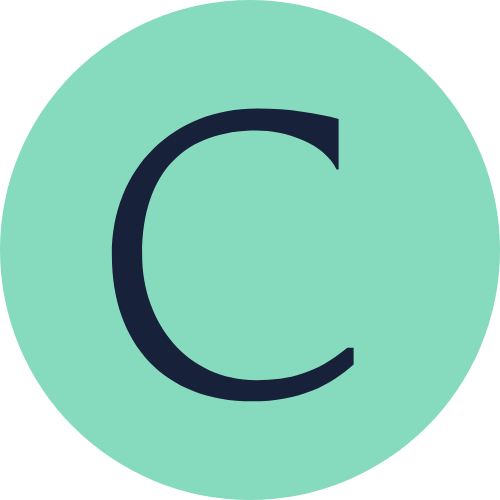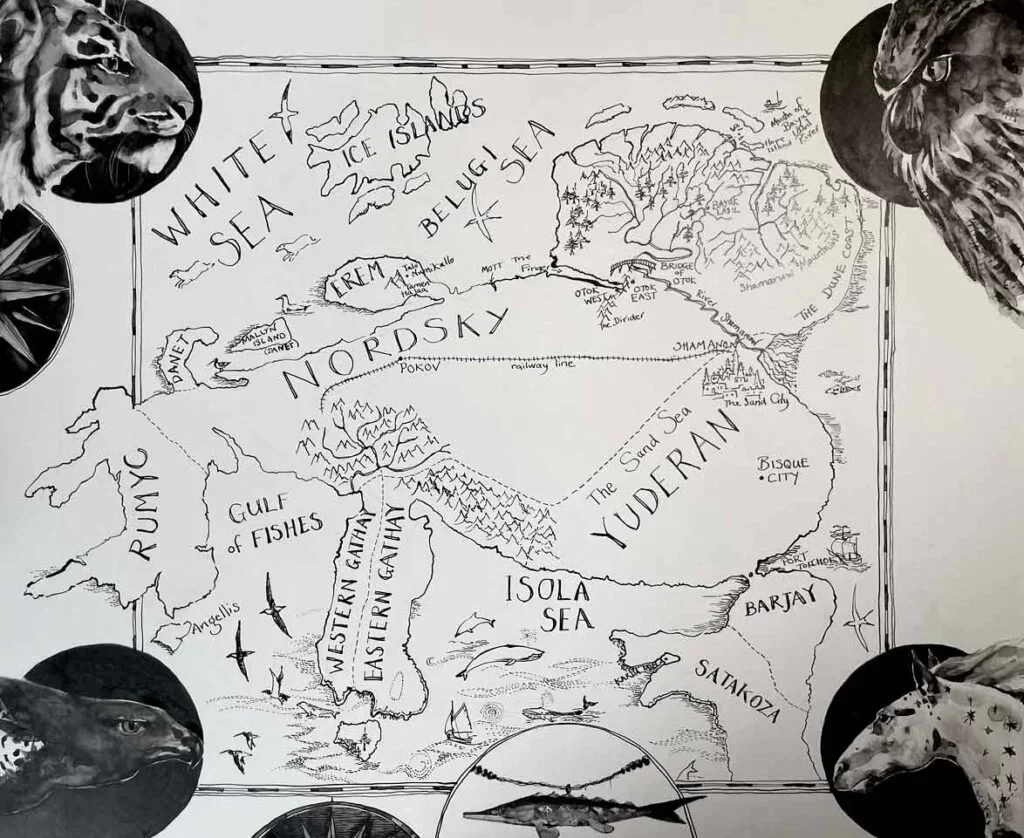Thinking with maps
Thinking about (and with) maps
Dr Beth Mackintosh
On Friday, as we wrapped up a busy summer of CATALYST by Winchester College course delivery, somewhat inevitably, I became emotional when thinking about the reach and impact that this truly special community has made. As the final course drew to a close, we received a message from our director, Justin, who updated us on his flight location (as he heads to Shanghai for some in-person CATALYST courses) to tell us he was just past Iraq and to send his best wishes, thanks and congratulations. Our alumni and new graduates now stretch from over 60 countries, and they bring with them a range of cultural experiences and powerful personal insights. To support their growth, and to be in a space where we can all think and develop together has been an utter privilege. It is hard to visualise that spread of perspectives in one online space, and even harder to understand how we have created a sense of connection and collaborative development.
CATALYST graduates and alumni now stretch from over 60 countries
As a philosopher and social scientist, my view is that these disciplines underpin our work at CATALYST, and I love helping the cohort foster their critical thinking skills - developing ideas on arguments’ validity, soundness and necessity, whilst also fostering creativity, imagination and the ability to think in terms of possibility.
Activities that we are particularly proud of involve not just critical engagement with a problem or issue, but also imaginative processes where we build new worlds in a game we call Moral MINDCRAFT (first we think then we craft!), where we reconsider the boundaries of our moral and political communities. Taking this idea further, we have also reimagined galleries, and even indicators of successful economies. In short, we think in terms of possibility and how the world could be better.
What exactly are we mapping?
This brings me back to our global map and global campus, where the value of the breadth of the CATALYST community becomes self-evident. The presence of new and different perspectives encourages us to rigorously evaluate our own position and opens up the possibility that we could change our minds, or bring ideas together to help solve complex world problems.
The philosopher Margaret Macdonald (whose work we have explored in this previous blog: World Art Day) has made the case for philosophy as art - in that the arts can help us think and see the familiar in a new light. Art, stories, poems - the creative process - and the art itself, can help us to ‘look again’ at ideas and beliefs and thought systems. Away from CATALYST I have been engaged in a global philosophical, poetic and artistic venture called Philosophy in the Wild (learn more here: Philosophy in the Wild), and in one workshop over the weekend we used maps as a way of visualising our communities, and in this case mixed communities. We thought about how, on an island, humans and animals can live together and flourish when wants, needs and duties will abound – and conflict. Using artistic maps from the books of the authors in our team, Nicola Davies, Gill Lewis and Eloise Williams, we were able to read, think and explore questions about who owns the land, the rights and access to resources, and then develop these thoughts into ideas about what a thriving mixed community should look like. Looking at issues through this new lens, we had to make a case for our creative map and community plan (and adapt accordingly if there were counter positions and stories that needed attention). Young children, and adults with them, began to see new ways of thinking about mixed community living though the creative process of map drawing.
A map from Nicola Davies’ books The Song that Sings Us and Skrimsli (illustrated by Davies and Jackie Morris)
It made me think about the film Luca how the director (and artist) Enrico Cassaro said it was the sea beasts and serpents at the outer edges of Renaissance maps that were a big influence on the narrative thrust of the film. He could see that the edge of these maps represented a powerful symbol of threat, if you ventured too far, and those not part of our frame of reference or moral community.
The killing of beasts is seen as a badge of honour in the film and this is part of fisherman Massimo and the hunters’ (in a similar and equally brilliant film The Sea Beast) identity. In The Sea Beast if a hunter was to die at sea in the act of hunting it would be a good death, as a hunter would have lived the very best of lives as a virtuous hero. And yet the line that Masie, lead protagonist in The Sea Beast, so powerfully states towards the end of the film (and that is echoed by Jacob to Captain Crow) is that you can be a hero and still be wrong. The film acts as a creative way to think about (and reimagine) who gets to draw maps and create the rules about belonging.
Cartography helped facilitate the modern state, and mapping could continue to bolster the needs of their creators. And yet the activities where we recreate worlds and draw new maps (reworlding and remapping), whilst still limited, holds much hope – it offers possibility alongside criticality.
Cartography, the art and science of graphically representing a geographical area
As CATALYST draws to a close, and my philosophy in the wild workshops start to wind down too, I am so proud to have worked this summer with such inspiring young people who are not only critically engaged thinkers, but also (and this is not in opposition) creative, imaginative and open to what is possible for the worlds of tomorrow.
Come join us, our global stretch and those insights are what make our programmes so special and impactful.






